detail profile margarita alexandre
Peran Yang Di Mainkan Margarita Alexandre
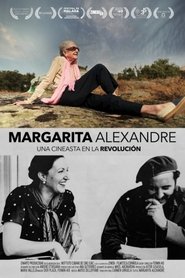 Pioneering Spanish filmmaker actress and producer...
Pioneering Spanish filmmaker actress and producer...Margarita Alexandre 2018
Pioneering Spanish filmmaker, actress and producer Margarita Alexandre (1923-2015) reminisces about her life and career during a trip to Cuba, where she worked during the early years of the Cuban Revolution.
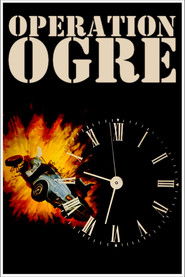 Spain 1973 Dictator Francisco Franco has ruled...
Spain 1973 Dictator Francisco Franco has ruled...Operation Ogre 1979
Spain, 1973. Dictator Francisco Franco has ruled the country since 1939 with an iron fist; but he is now a very old and sick man. The future of the weakened regime is in danger. Admiral Carrero Blanco is his natural successor. The Basque terrorist gang ETA decides that he must die to prevent the dictatorship from continuing.
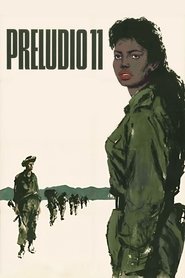 Daniela a single mother whose boyfriend...
Daniela a single mother whose boyfriend...Preludio 11 1964
Daniela – a single mother, whose boyfriend left for the US – believes wholeheartedly in Cuba's revolutionary new order. Meanwhile, in Florida, a plot is afoot. Under the command of an American officer, four Cubans ex-patriots and a Guatemalan land on the Cuban coast to prepare a US invasion of the island. Daniela's superior, the corrupt Cuban officer Palomino, is secretly helping the invaders and the young woman becomes entangled in the intrigue.
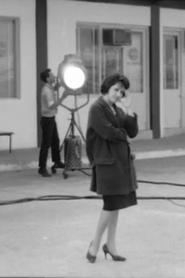 A romantic comedy set during the...
A romantic comedy set during the...Elena 1964
A romantic comedy set during the waning years of the Batista dictatorship. It tells the story of a young woman, Elena, and her attempts to meet with her revolutionary lover before his forced departure into exile.
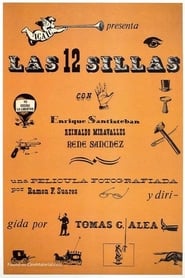 When her country is taken over...
When her country is taken over...The Twelve Chairs 1962
When her country is taken over by socialist revolutionaries, a wealthy woman can't bear to give up all of her wealth and possessions to the new government, so she hides all of her treasures in the 12 chairs of a dining-room set. After her death her nephew finds out what she had done and, since the chairs had been "nationalized" and are now in the possession of a dozen different people, he sets out to track them down and get the treasures he believes rightfully belong to him.
 Rafa a Communist Republican exiled after...
Rafa a Communist Republican exiled after...La ciudad perdida 1955
Rafa, a Communist Republican exiled after the Spanish Civil War, returns to his hometown to carry out an attack against the imposed tyrannical regime, but the mission fails and, in his attempt to escape, he kidnaps a lady of high society.
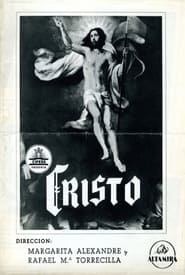 Cristo is the first feature film...
Cristo is the first feature film...Cristo 1954
Cristo is the first feature film directed and produced by Margarita Alexandre and Rafael Torrecilla. Evoking the work of Luciano Emmer, this art documentary tells the story of the life of Jesus using only Spanish paintings. In close harmony with the montage, the photographic technique used by Juan Mariné for the filming gives movement to the paintings by Titian, El Greco and Rubens, while the presence of the voices of Fernando Rey, José María Seoane, María Jesús Valdés and other actors of the period give the characters a sense of entity. The film received the category of National Interest from the Censorship Board, undoubtedly more inspired by the film’s exaltation of the national artistic heritage and its religious subject matter than by its artistic aspirations.
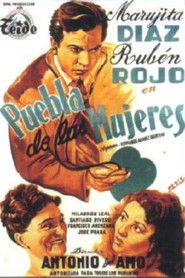 A young man arrives at Puebla...
A young man arrives at Puebla...Puebla de las mujeres 1953
A young man arrives at Puebla de las Mujeres, a village of Andalusia with the tradition that man that arrives, man that marries there. The foreigner is going to solve some issues of interest of an aunt who lives in the village. Soon as he arrives all women mobilize, captained by the mayor, for electing bride and organize the wedding. The designated Juanita de la Rosa, does not want to participate and he laughs at the arrangements saying that he has a girlfriend in Madrid.
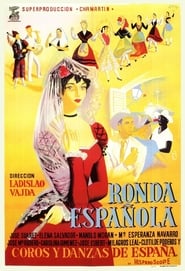 Over a hundred members of the...
Over a hundred members of the...Spanish Round 1951
Over a hundred members of the chorus girls and dance groups from the Spanish "Sección Femenina" embark to America to show the richness of their national folklore. The girls have left parked their daily tasks to enjoy this great adventure aboard "Mount Albertia". During the trip, the relationship between the girls and the crew is very lively and in all scenarios where they perform, success always accompanies them.
 A man who lost everything in...
A man who lost everything in...Black Jack 1950
A man who lost everything in the war now smuggles contraband into and out of Spain, but the law's closing in.
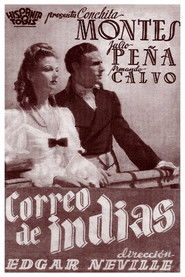 A Dutch sailing ship finds the...
A Dutch sailing ship finds the...Correo de Indias 1942
A Dutch sailing ship finds the wreckage of a Spanish mail ship, which has collided with an iceberg. Inside, the bodies of a man and a woman are found embraced.
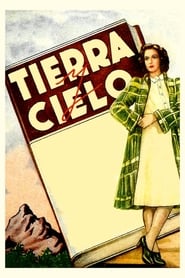 Clara determined to earn her living...
Clara determined to earn her living...Tierra y cielo 1941
Clara, determined to earn her living and be valued for herself, leaves his rich father's home, changes her name and takes a room. While copying paintings at El Prado Museum, she meets Juan, who is also hiding his identity, pursued under charge of murder.
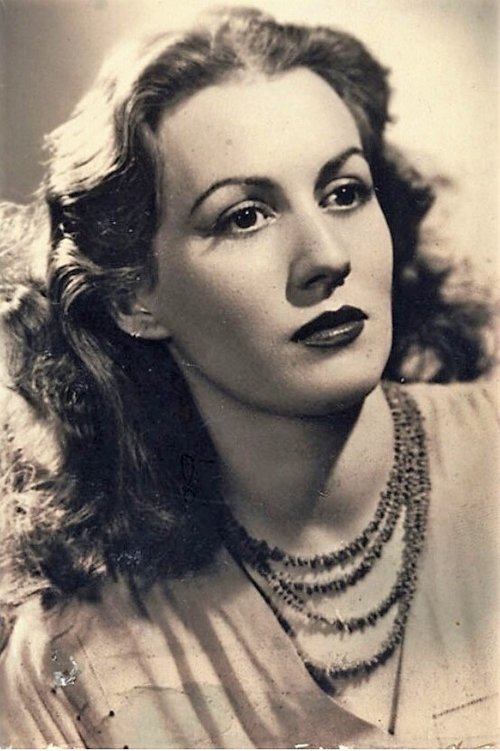
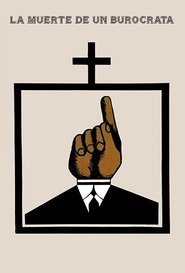 A young man attempts to fight...
A young man attempts to fight...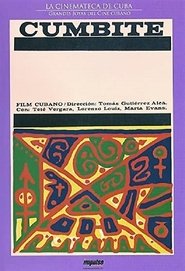 A Haitian son returns from fifteen...
A Haitian son returns from fifteen...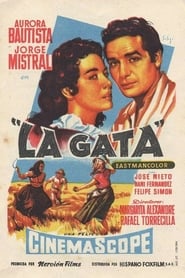 In a country house dedicated to...
In a country house dedicated to...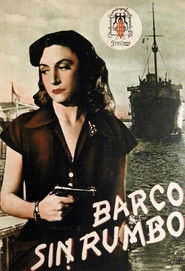
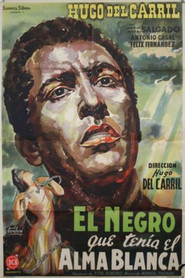 Peter Ward is a black singer...
Peter Ward is a black singer...

 Once the Spanish Civil War is...
Once the Spanish Civil War is...